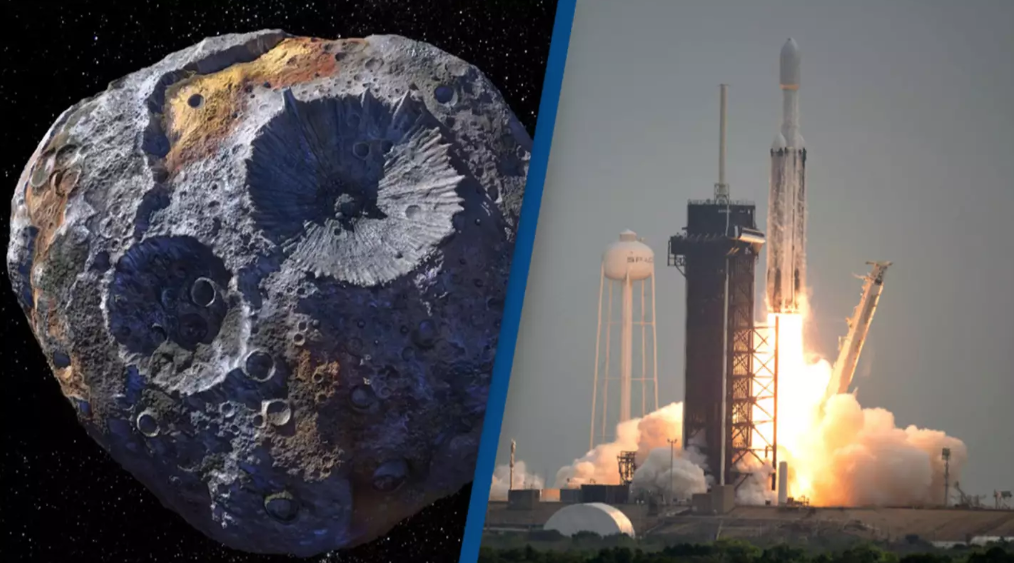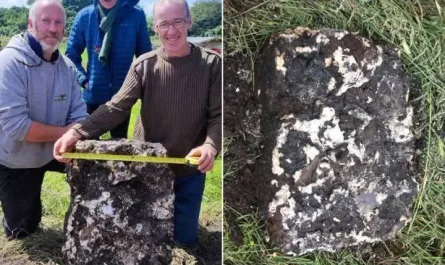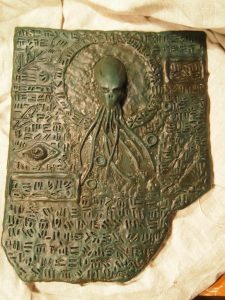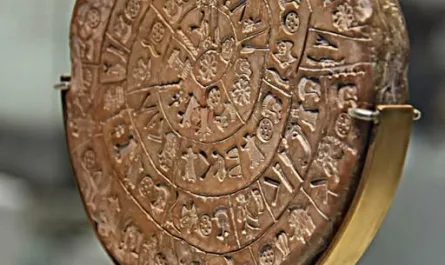Few cities in the world have experienced a transformation as rapid and dramatic as Dubai, the largest city in the United Arab Emirates. In just over 20 years, it went from vast stretches of desert to a glittering global metropolis.
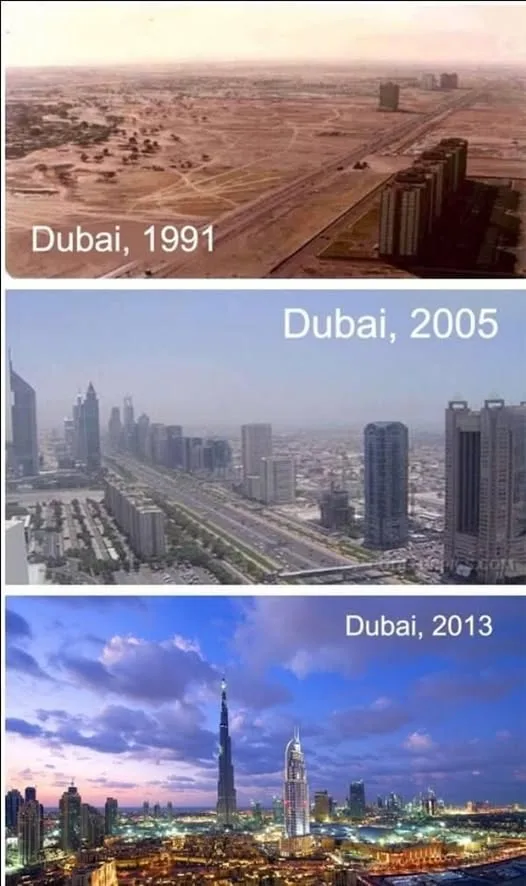
The three photos tell the story clearly:
-
1991 – Endless desert with a few scattered buildings.
-
2005 – A rapidly rising city with new skyscrapers and highways.
-
2013 – A futuristic skyline crowned by the world’s tallest building, the Burj Khalifa.
Dubai in 1991: The Desert Years
In 1991, Dubai’s landscape was still dominated by sand and low-rise structures. The economy was heavily dependent on oil revenues, and the city was far from the global hub it is today.
-
Population: Less than 600,000.
-
Economy: Primarily oil-based, with a small but growing trade and tourism sector.
-
Infrastructure: Limited highways, few tall buildings, and minimal urban development outside the main city center.
Dubai in 2005: The Building Boom
By 2005, Dubai was in the midst of an unprecedented construction frenzy. The government had launched ambitious projects aimed at diversifying the economy away from oil and toward tourism, finance, and real estate.
Key developments by this time included:
-
Sheikh Zayed Road lined with modern skyscrapers.
-
Early stages of Palm Jumeirah, the artificial island.
-
Massive investments in luxury hotels, malls, and business districts.
Dubai became a magnet for global investors and expatriates, accelerating its growth.
Dubai in 2013: A Global Icon
By 2013, Dubai had fully emerged as one of the world’s most recognizable skylines.
Highlights included:
-
Burj Khalifa, standing at 828 meters, the tallest structure ever built.
-
Expanded luxury real estate developments like the Palm Jumeirah and The World Islands.
-
A booming tourism industry with over 10 million visitors annually.
-
A diversified economy centered on trade, tourism, aviation, and finance.
The Secret Behind the Speed
Dubai’s rapid transformation was driven by:
-
Visionary Urban Planning – Long-term government strategies to reduce reliance on oil.
-
Aggressive Investment – Billions poured into infrastructure, construction, and tourism.
-
Business-Friendly Policies – Tax incentives, free trade zones, and open immigration policies for skilled workers.
-
Branding the City – Positioning Dubai as a luxury and innovation hub in the Middle East.
A Modern Metropolis in the Desert
Today, Dubai is home to more than 3.5 million people and hosts some of the most iconic architecture on the planet. The transformation from sand to skyline is not just a story of money and construction — it’s a testament to how vision, planning, and ambition can reshape an entire city in record time.
